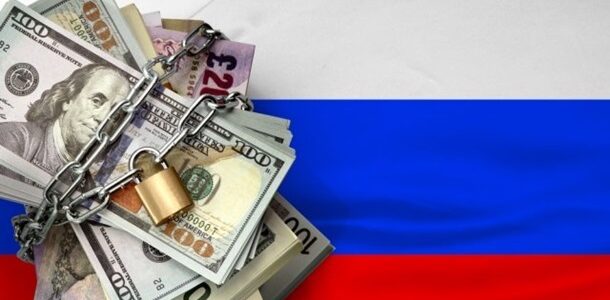
The EU Council has finally approved a financial aid package for Ukraine, including an exceptional macro-financial assistance (MFA) loan of up to EUR35 billion under the G7’s Emergency Revenue Assistance (ERA) initiative, which provides for up to USD50 billion to be repaid with proceeds from frozen Russian assets.
According to a post on the social network X of Hungary, which holds the EU presidency, a credit cooperation mechanism was also approved to help Ukraine repay loans of up to EUR45 billion (about $50 billion) provided by the EU and G7 partners under this initiative.
Earlier it was reported that the terms of the new MFA will be tied to the terms of the Ukraine Facility, and its disbursement is scheduled to begin by the end of this year.
The day before, US Treasury Secretary Janet Yellen said that the US is very close to finalizing the US part of the ERA loan. “We are 99% ready,” she said. According to her, the United States is still waiting for guarantees from the European Union to introduce a longer-term sanctions regime to ensure that the profits from Russian assets remain available. Currently, the EU sanctions regime requires a unanimous extension every six months, and its extension to three years is being blocked by Hungary.
According to German Finance Minister Christian Lindner, with such funding from the United States, the European Union’s support will amount to “approximately EUR18 billion,” which is equivalent to about $20 billion, although the EU has approved a loan under the ERA of up to EUR35 billion as a safety net.
On October 22, the United Kingdom announced that it was providing Ukraine with a GBP2.26 billion (almost $3 billion at current exchange rates) military loan to purchase the necessary military equipment under the ERA.
Back in June, immediately after the G7 decision on the ERA initiative, Canada announced the allocation of CAD5 billion ($3.6 billion at the current exchange rate) under the initiative.
The IMF, in its updated EFF Extended Fund Facility program following the fifth review, indicated that if the war ends at the end of 2025, Ukraine will need $33.1 billion of the $50 billion to support its budget: $19.1 billion next year, $9.2 billion in 2026, and $4.9 billion in 2027.
In a negative scenario, if the war continues until mid-2026, Ukraine’s budget will need the full $50 billion to cover the deficit.